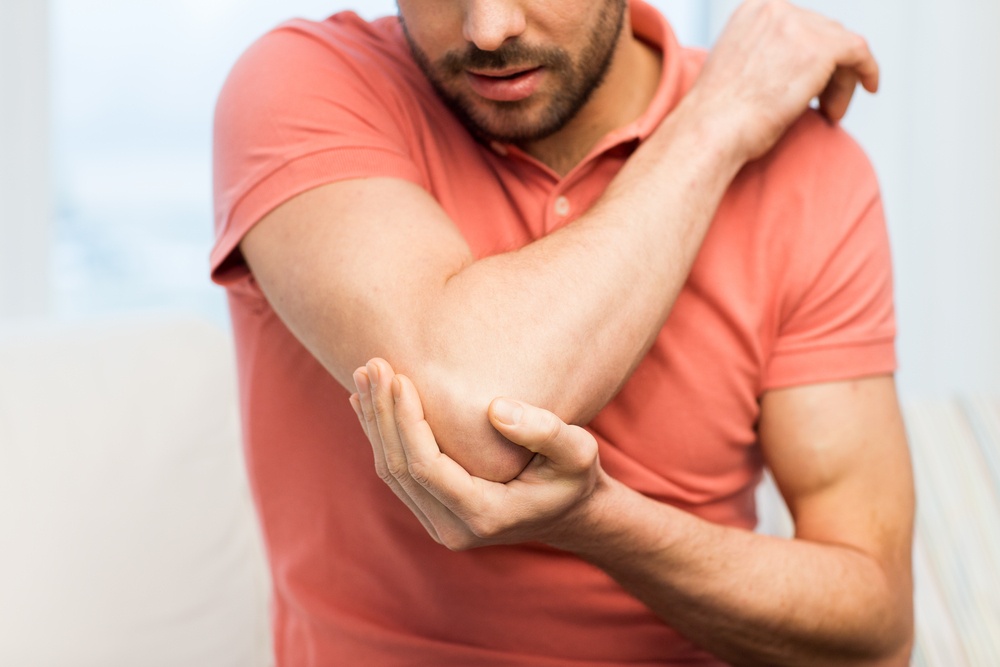Joint pain and weather: while the link has sometimes been dismissed as an old wives tale, medical experts are now taking a closer look at the correlation. To date, the results of studies on the subject have been mixed, and further research is needed before a scientific consensus can be reached. But the prevalence of patient testimony — corroborated by what medical professionals have observed over their careers — points to a demonstrable link.
HOW WEATHER CAUSES JOINT PAIN
The primary theory behind this phenomenon is that changes in barometric pressure (the pressure of the atmosphere) allow body tissue to expand a small amount. This may cause increased pain in joints that are already prone to sensitivity due to arthritis or other chronic conditions. Short-term weather changes, such as storm fronts, are often preceded by rapid drops in barometric pressure.
Studies of this theory have been inconclusive. While some confirm that falling pressure may be the cause of increased pain, others suggest that rising pressure has more of an effect. The precision of these tests is limited thanks to the difficulty of artificially mimicking the effects of weather changes. However, drops in pressure are currently the most comprehensive explanation for joint pain caused by weather.
For some patients, the issue is not short-term weather changes, but seasonal ones. Survey-based studies have shown that patients experiencing increased pain in high humidity, and corresponding low pressure, are most common. Colder temperatures have also been shown to exacerbate joint issues, which means a cold, rainy day is likely the worst combination for arthritic pain.
Differences in study outcomes demonstrate that a variety of causes may be at play for those who experience pain in their joints. Anything that causes compression or expansion of tissue, or general changes to the joint’s equilibrium, could be a potential factor. Even humidity itself, which can lead to dehydration, may cause pain by decreasing joint lubrication.
WHAT THIS MEANS FOR PATIENTS
Patients can have peace of mind knowing that weather-based joint pain is an acknowledged phenomenon, and that it is widely experienced. While there is still some skepticism around the idea of “feeling” a weather event, do not let this stop you from discussing these changes with your doctor. While there is still much to learn, the weather’s impact on joint pain should be taken into account by both patients and medical professionals in determining treatment plans and recommendations. Knowing how weather affects your joint pain could help you and your healthcare provider find the right treatment plan for you.
Lastly, when faced with cold and rainy weather, everyone — not just those suffering from arthritis — should take precautions. If you are exercising, or even just walking some distance outside, warm up before you start. This can include dynamic stretching, the use of heat pads, or simple squats. By warming up, you can save your joints from unnecessary pressure and help prevent future discomfort.
If you’re experiencing joint pain, set up an appointment with an orthopedic specialist as soon as possible to find out how you can get relief. Here at New York Bone & Joint Specialists, our team of orthopedic specialists has decades of combined experience in surgical and non-surgical treatments for joint pain, and we’re ready to guide you through every step of the process. Call us today to schedule a consultation!




